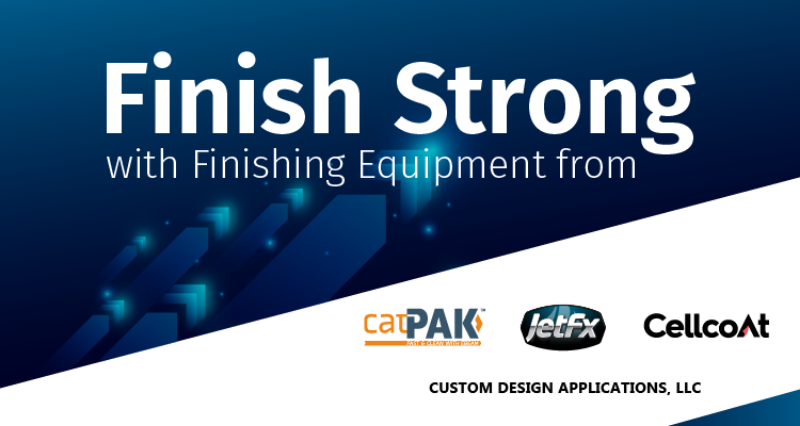If you’ve been considering purchasing finishing equipment, the 2023 tax year could be the opportune time before it comes to a close. As we approach the end of the year, converters are presented with opportunities to optimize their financial strategies. One crucial aspect to consider is capital equipment expenses, such as finishing solutions. These expenditures not only contribute to operational efficiency and growth but can also be advantageous for this tax season. Let’s explore the benefits of the latest finishing equipment technology as you consider investing in the future of your company.
Finishing Equipment Benefits to Your Business
According to a report published by the Flexible Packaging Association in September/October of this year, the flexible packaging industry makes up 21% of the $180.3 billion US packaging industry. The flexible packaging industry had $42.9 in annual sales in 2022, an increase of 15.3% from 2021.
Converters can capitalize on this growth by incorporating new finishing equipment into their business plan. Let’s take a look at the latest technology to bring your business to the next level.
T-Series Thermal Laminators - Provide accurate tension control and high-speed capability ideal for digital label and flexible packaging converting, especially when speed to market and minimal material waste are critical.
HP Indigo Modifications - Improve your output and performance with Backside Web Views, Dryers, Laminators, UV or Aqueous (AQ) Coaters, and more.
CatPak™ eBeam System - Instantly cure and cross-link high-performance, indirect food-contact compliant coatings with our compact eBeam coating line. Mechanical speed up to 600 feet/minute.
CatPak™ JetFx™ eBeam Digital Embellishment System - Add embellishment up to 30-inches wide on flex pack films or labels with eBeam. eBeam offers a fast and clean finishing option with no post-cure time. CatPak™ JetFx™ print bar provides a gloss embellishment that can be applied wet on wet with our CatPak™ eBeam overprint varnish system.
Now, let’s delve into how your business can make the most of tax benefits.
Understanding Capital Equipment Expenses
Capital equipment refers to long-term assets essential for a business's operation and growth. These items can include machinery like finishing equipment, computers, and more. Rather than deducting the full cost in the year of purchase, businesses often depreciate these assets over their useful life. However, tax laws may allow for accelerated depreciation methods or immediate expensing, providing businesses with the opportunity to recover costs more quickly.
Section 179 of the tax code allows business taxpayers to deduct the cost of certain property as an expense when the property is first placed in service. The IRS deduction applies to tangible property, such as machinery and equipment purchased for use in a trade or business.
Steps for Strategizing
1. Evaluate Equipment Needs
- Conduct a thorough analysis of your business's equipment needs. Identify assets that not only enhance efficiency but also qualify for favorable tax treatment.
- Monitor Changes in Tax Legislation
- Tax laws are subject to change. Stay informed about any updates or modifications that may impact capital equipment expenses. Consulting with a tax professional can help navigate these changes effectively.
- Assess expenses
- Capital equipment expenses play a crucial role not only in enhancing operations, but your purchase may save you money on the amount of federal tax you owe. It's advisable to work closely with financial advisors or tax professionals to ensure compliance with current tax laws and to tailor strategies to your specific business needs.
Questions? For more information, call us at 941.256.7900, or email labelsandpackaging@sone.com.

